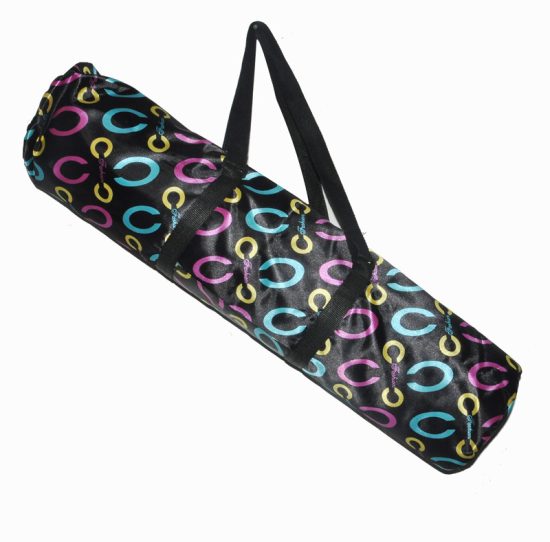Yoga blocks are indeed must-have props for yogis, offering versatility, support, and the opportunity to deepen your practice. Here’s why yoga blocks are essential and how they can be invaluable for practitioners of all levels:
1. Enhance flexibility:
Role: Yoga blocks provide additional height, allowing you to modify poses and gradually work towards greater flexibility. This is especially beneficial for those with tight muscles or limited range of motion.
2. Support proper alignment:
Role: Placing yoga blocks under hands, feet, or other body parts helps in maintaining proper alignment. This is crucial for preventing injuries and ensuring that you get the most out of each pose.
3. Gradual progression:
Role: Beginners can use blocks to gradually progress into more challenging poses. As flexibility and strength improve, the height of the blocks can be adjusted, providing a sense of accomplishment and motivation.
4. Stability in balancing poses:
Role: Yoga blocks offer stability in balancing poses, making it easier to find and maintain balance. They serve as a reliable foundation, especially for individuals who are new to yoga or working on challenging balance postures.
5. Adaptability for all levels:
Role: Whether you’re a beginner or an advanced yogi, yoga blocks are adaptable to your level of practice. They provide essential support for beginners and valuable modifications for seasoned practitioners looking to refine their practice.
6. Injury prevention and recovery:
Role: Yoga blocks can be used to modify poses and provide support during injury recovery. They allow individuals to continue practicing while minimizing strain on affected areas.
7. Increase strength:
Role: Incorporating yoga blocks into strength-building poses adds resistance and intensity to your practice. This can help enhance muscle engagement and promote overall strength development.
8. Customization for body differences:
Role: Every body is unique, and yoga blocks offer a way to customize your practice based on your body’s needs. They make yoga accessible for individuals with varying body proportions and abilities.
9. Restorative yoga:
Role: In restorative yoga, blocks are often used to support the body in gentle poses, promoting relaxation and stress relief. They provide a comfortable and supported foundation for restorative practices.
10. Increased comfort in sitting poses:
Role: Sitting on a block raises the hips, making it more comfortable to maintain an upright posture during seated poses and meditation. This can enhance the quality of your meditation or pranayama practice.
11. Versatility in poses:
Role: Yoga blocks can be used in a wide range of poses—standing, seated, supine, and more. Their versatility makes them a go-to prop for enhancing various elements of your practice.
12. Educational tool:
Role: Yoga blocks serve as educational tools, helping practitioners understand the alignment principles of different poses. They provide tactile feedback and support self-awareness in body positioning.
13. Portable and lightweight:
Role: Yoga blocks are easy to carry and can be used at home, in the studio, or while traveling. Their portability makes them a convenient prop for maintaining consistency in your practice.
In summary, yoga blocks are essential props that contribute to the accessibility, safety, and effectiveness of your yoga practice. Whether you’re a beginner looking for support or an experienced yogi seeking to deepen your practice, having yoga blocks on hand is a game-changer for your journey on the mat.


